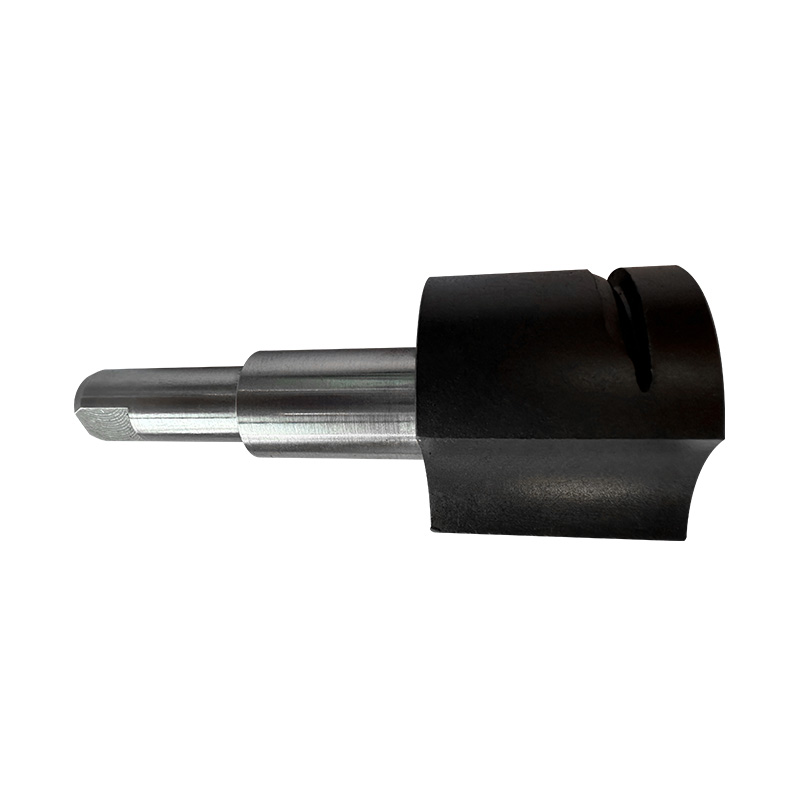+86-576-88024290
Search
09 05, 2025
Industry Updates
In today’s high-performance automotive landscape, where efficiency and precision drive innovation, component reliability has become a decisive factor. At the heart of this evolution lies a seemingly modest yet crucial part: the oil pump carbon fiber plastic drive shaft1. This component, while compact in scale, is proving to be pivotal in advancing durability and structural stability across engine systems.
The oil pump carbon fiber plastic drive shaft1 is not simply a lightweight alternative to traditional metal shafts. It represents a thoughtful blend of materials engineering and mechanical design, built specifically to endure the rotational stresses and high-load environments typical of oil pump systems. Its unique construction — combining carbon fiber’s tensile strength with plastic’s molding versatility — offers a level of structural performance that many conventional drive shafts struggle to match.
At the core of the oil pump carbon fiber plastic drive shaft1 is its rigidity. Carbon fiber strands, embedded within a reinforced plastic matrix, allow the shaft to maintain shape and integrity under pressure. Unlike metal shafts that may bend or deform over time due to torque fatigue, the oil pump carbon fiber plastic drive shaft1 holds steady, ensuring consistent transmission of rotational energy without mechanical play or slippage.
Engine systems place immense demands on components. During high-speed operation, even a minor deviation in shaft alignment can trigger wear in connected parts. That’s why the rigidity of the oil pump carbon fiber plastic drive shaft1 isn’t just a structural benefit — it’s a key contributor to the longevity of surrounding systems. With less flex under torque, vibration is reduced, and component harmony is preserved.
The material composition of the oil pump carbon fiber plastic drive shaft1 also plays a vital role in thermal stability. Automotive oil pumps often operate in elevated temperature zones, especially in high-performance or heavy-duty applications. Metals tend to expand under heat, occasionally to misalignments. In contrast, the composite materials used in the oil pump carbon fiber plastic drive shaft1 respond more predictably to heat, minimizing expansion-related issues.

This mechanical consistency under conditions supports a broader trend in the industry: the shift toward precision-oriented components. By maintaining alignment, reducing vibration, and eliminating unnecessary weight, the oil pump carbon fiber plastic drive shaft1 contributes to both smoother performance and improved energy transfer efficiency.
Beyond mechanical strength, there’s also the question of impact resistance. In real-world environments, drive shafts are not always protected from shock loads. A stray piece of debris, a sudden pressure spike — these are not uncommon in complex machinery. Here again, the oil pump carbon fiber plastic drive shaft1 demonstrates its value. Carbon fiber’s resilience to crack propagation, paired with the engineered flexibility of advanced plastics, allows it to absorb and dissipate impact energy more effectively than traditional materials.
In practical applications, this means fewer failures, less maintenance downtime, and greater system reliability. For fleet managers, performance enthusiasts, and engineers alike, the oil pump carbon fiber plastic drive shaft1 delivers a balance of strength and predictability that simplifies long-term planning.
Another often overlooked benefit of the oil pump carbon fiber plastic drive shaft1 is its contribution to noise reduction. Traditional metal shafts can amplify sound resonance, especially at high RPMs. The composite structure of the oil pump carbon fiber plastic drive shaft1, by contrast, dampens vibration pathways, resulting in quieter operation — a small but meaningful improvement in overall user experience.
As automotive platforms grow increasingly electrified and refined, components like the oil pump, carbon fiber plastic drive shaft1 will play an even more important role. Weight reduction, material resilience, and mechanical reliability will only become more critical in hybrid and electric systems, where tolerances are tighter and failure margins slimmer.
In summary, the oil pump carbon fiber plastic drive shaft1 is not just a replacement part — it’s a step forward in engineering maturity. Its ability to retain structural integrity under demanding conditions is a testament to the evolving priorities of the automotive and machinery sectors. With its combination of tensile strength, rigidity, and adaptability, the oil pump carbon fiber plastic drive shaft1 is redefining expectations for what drive shafts can — and should — deliver.